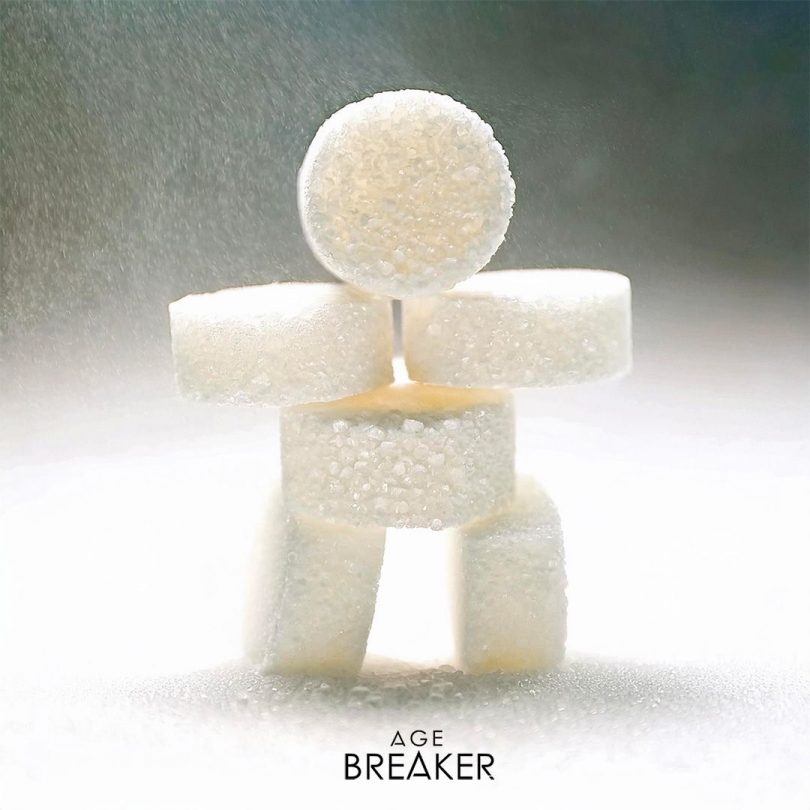Glycation is thought to be one of the causes of age-related frailty.
Frailty is a clinical state of vulnerability to aging. Frailty is associated with aging, but not necessarily with a chronic health problem.
Very easy to detect, frailty comprises 5 components: weight loss, poor grip strength, fatigue, slow walking, non-activity.
Frailty is a progressive condition, potentially reversible if detected early.
Approximately 10% of people over 65 show signs of frailty.
A Japanese study of 559 people with an average age of 67 (from 57 to 77) revealed a link between glycation, frailty and cognitive decline. The conclusion of this study suggest that glycation is one of the causes of age-related frailty (1).
Usually practiced in gerontology, often from the age of 70, frailty screening could be used in anti-aging medicine much earlier, with some specialists suggesting as early as 55. The slightest deviation would lead to the management of aging, notably by adopting a healthy lifestyle to combat glycation (diet with low glycemic index, no added sugar, supplements, physical exercise, etc.).
© AGE Breaker 09 2024
[Glycation is one of the major causes of aging. Resulting from the fixation of sugars on the proteins constituting the organism, glycation generates toxic compounds that cause cellular aging. Glycation is particularly involved in metabolic disorders, skin aging and cognitive decline.] [AGE BREAKER, patented nutritional supplements, based on rosmarinic acid, recognized by aging specialists around the world for their properties to reverse the effects of glycation.]More on www.agebreaker.com
#agebreaker #glycation #antiaging #longevitymedicine #preventivemedicine #preventivehealth #skinaging #4pmedicine #advancedglycationendproducts
(1) : TAKEI, Satoko, OCHI, Masayuki, SHIRAOKA, Akira, et al. Frailty and aging are associated with cognitive decline and dermal advanced glycation end-product accumulation in older Japanese men. Archives of Gerontology and Geriatrics Plus, 2024, p. 100071.
https://doi.org/10.1016/j.aggp.2024.100071









